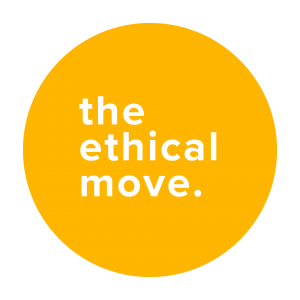Practice listening with the consent process
Once you collected your ideas in the circle meeting, you can start on a proposal for a solution. A proposal to solve the issue about too many meetings affecting people’s productivity could look like this:
‘Some of you mentioned that we could try to communicate in different ways such as using Slack more often for immediate questions. This would help us cut down on meeting time. Others suggested that meeting agendas are submitted and drafted at least a couple of days before each meeting so everyone can prepare and make sure meetings don’t overrun. I propose to try both options for the next three months and then review how it’s going.’
Then, similar to the circle meeting process, give everyone the opportunity to speak. First, ask if they have any clarifying questions about the proposal. For example, who is responsible for the meeting agendas, who can submit items, or if you can use a different messaging tool to Slack.
Once everyone had a chance to ask questions, ask for any further input and suggestions to these questions. Same as before, everyone gets a chance to speak. Adjust the proposal as needed:
‘I propose that we use Slack to communicate on a more frequent basis. We will set up relevant channels and everyone will get access and training on how to use Slack. Whoever sets up a meeting is responsible to ask all attendees to submit agenda items and the approximate time it will take to discuss these at least three days before the meeting. They will then send the agenda to all attendees two days before the meeting. We will review both processes in three months’ time.’
Good enough for now and safe enough to try
Only when no one has any more questions or suggestions, you can check for consent: ‘Is the proposal good enough for now and safe enough to try?’
Everyone then get a chance to either consent to the decision, abstain or object. However, objections are only valid if the proposal could do harm to the team or company. So maybe you actually can’t use Slack for data protection reasons. ‘I have a better idea.’ or ‘I don’t like it.’ are not valid objections. Everyone had a chance to contribute to and shape the proposal. If they consent to it, they cannot complain about it further down the line. This is also why it is important to include a trial phase for new processes, so they can be changed and refined if they are not working as intended.
The consent process is useful when…
- You need to make a decision relatively fast and need input from the people involved. Consent decisions will be much more robust and accepted than decisions made by an individual for others.
- Everyone is empowered with the right to amend or object.
- Making decisions for new policies, processes, or procedures.
- You can include limited time frames and regular review periods to make a decision ‘good enough for now and safe enough to try’.
Find out about more practices in Part 1 and 3 of this series and contact me directly to book a workshop and implement them within your team.


2 thoughts on “What makes a great leader? Listening, part 2.”
Pingback: What makes a great leader? Listening, part 3. - KiKa Services
Pingback: Make better decisions faster - KiKa Services